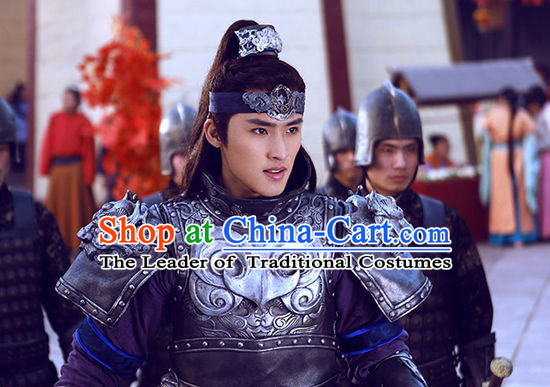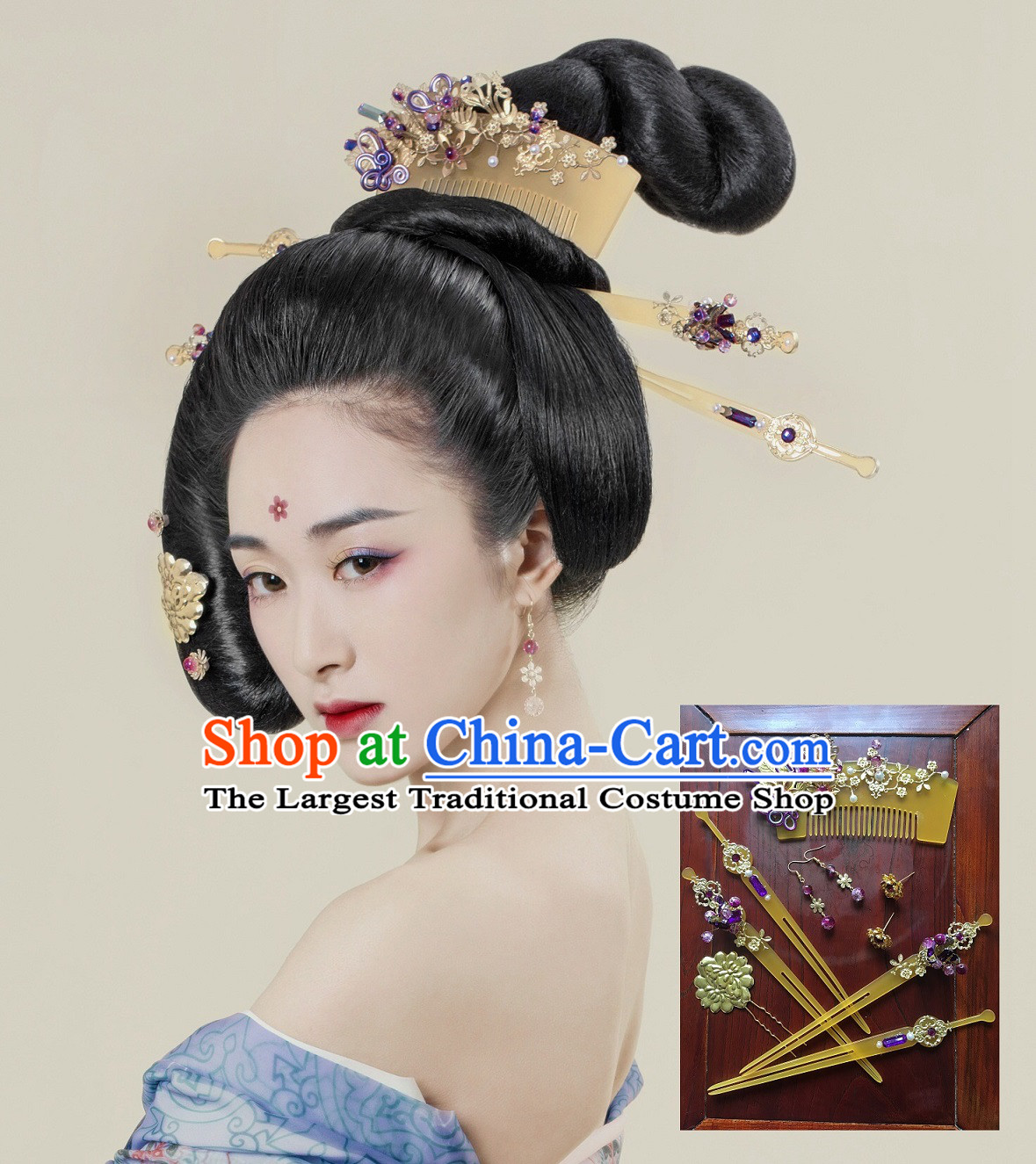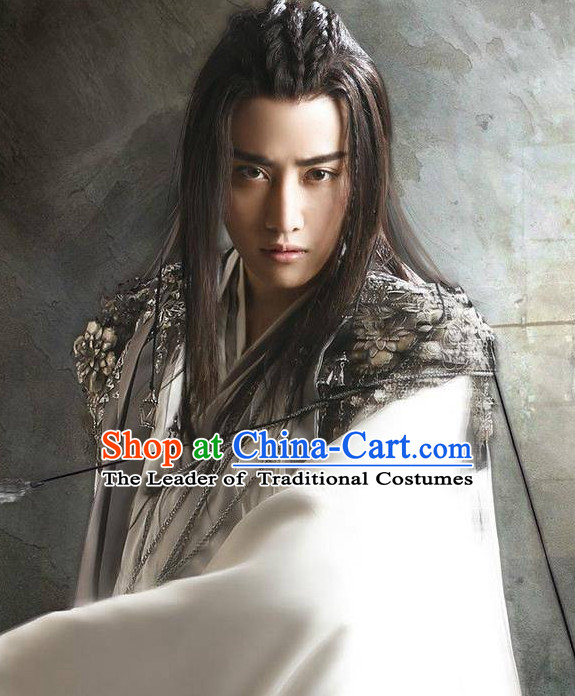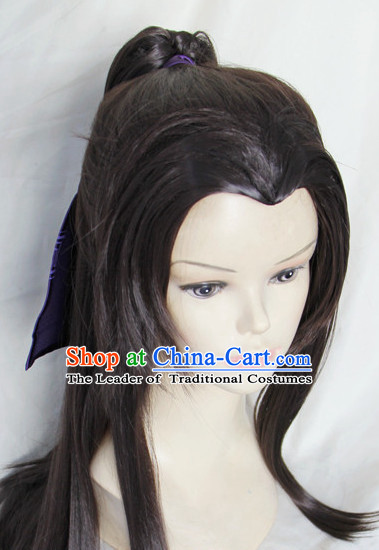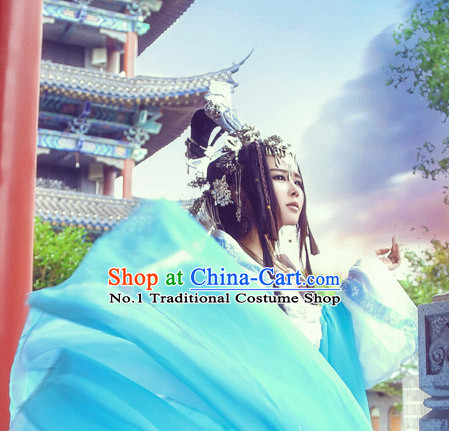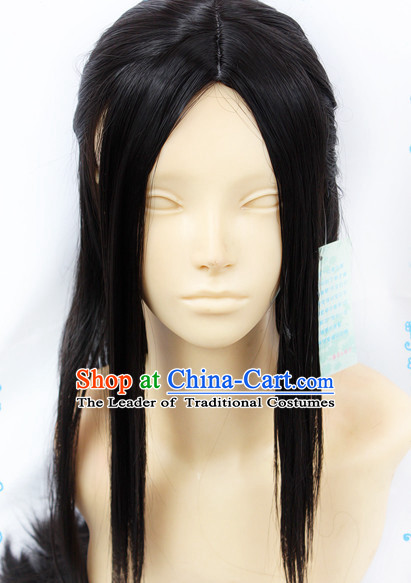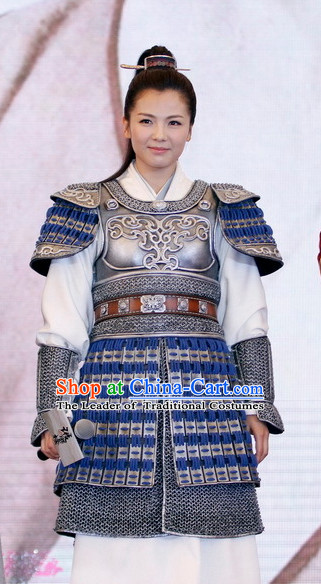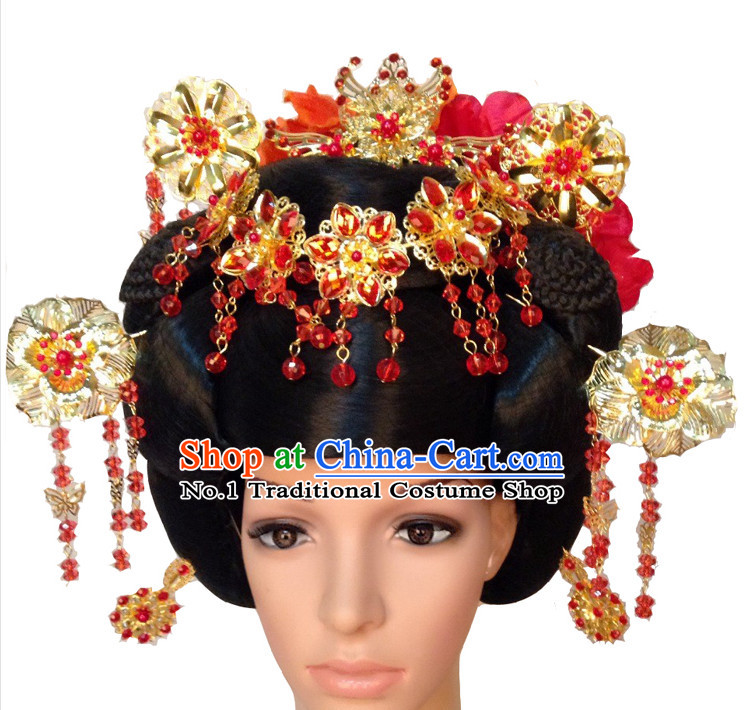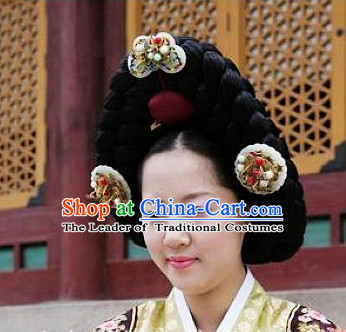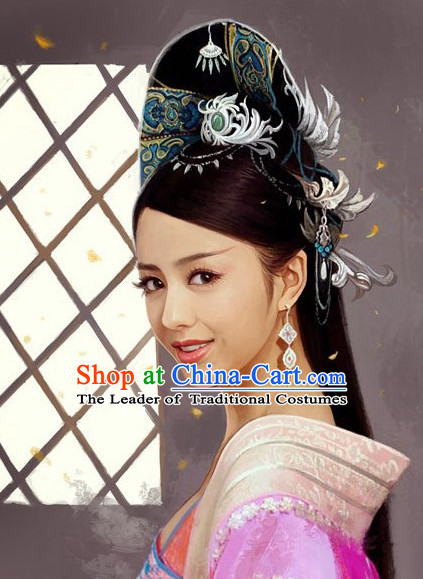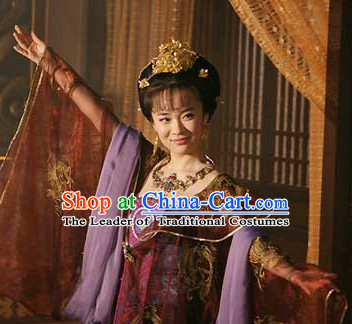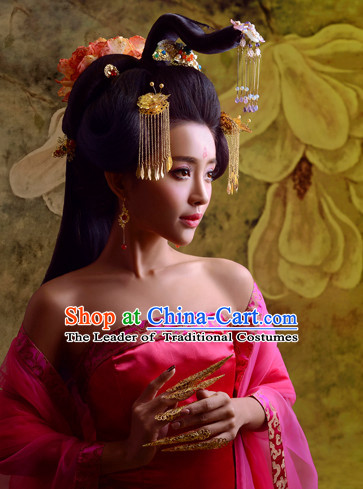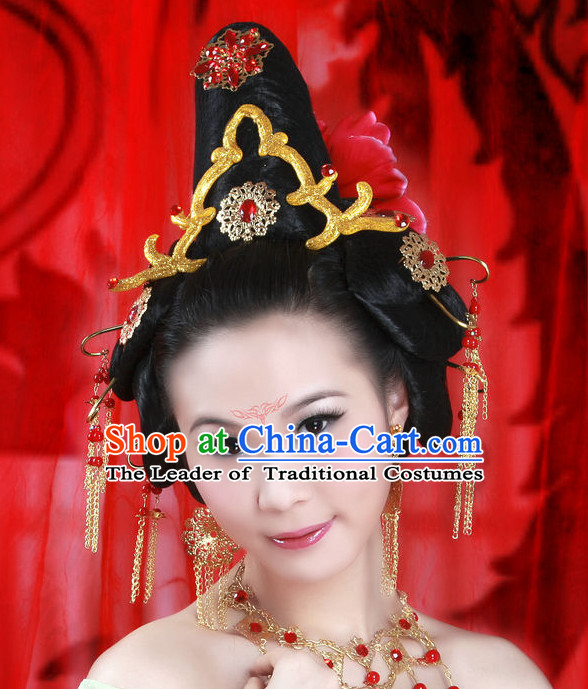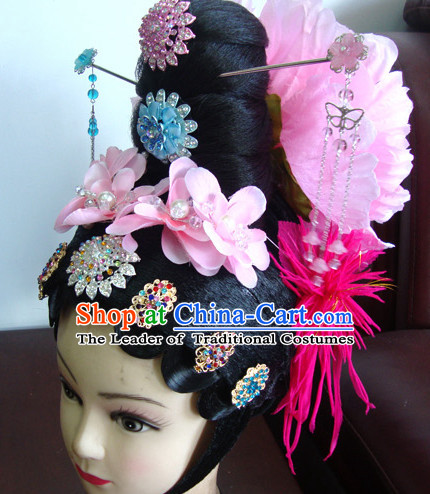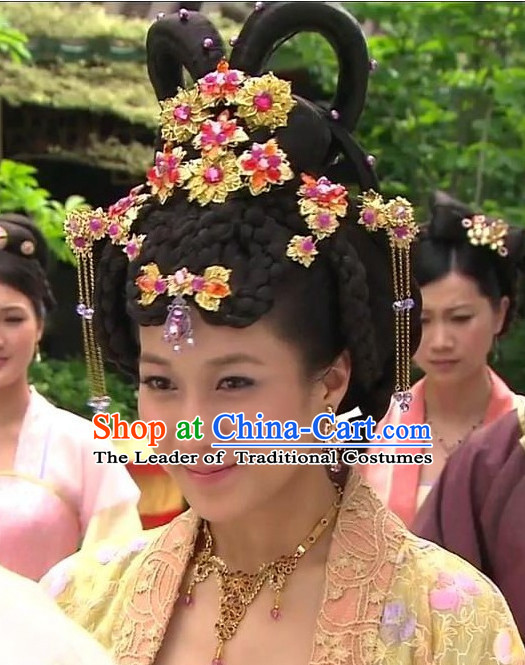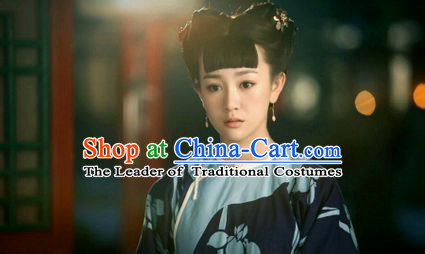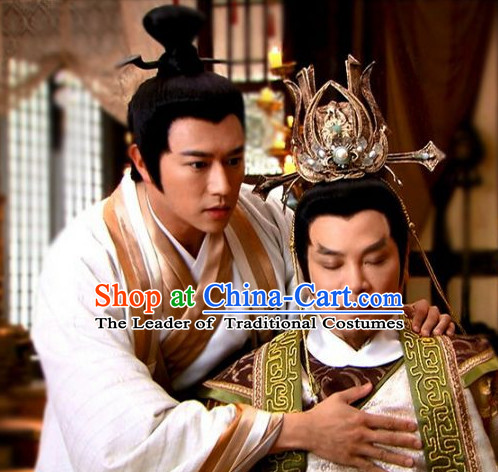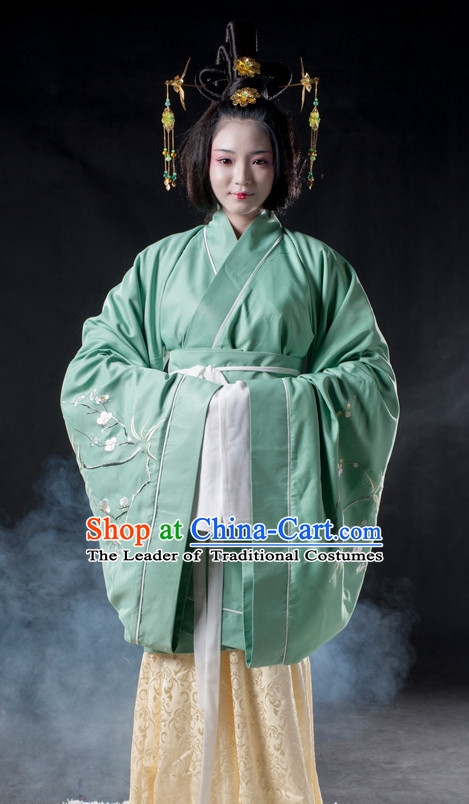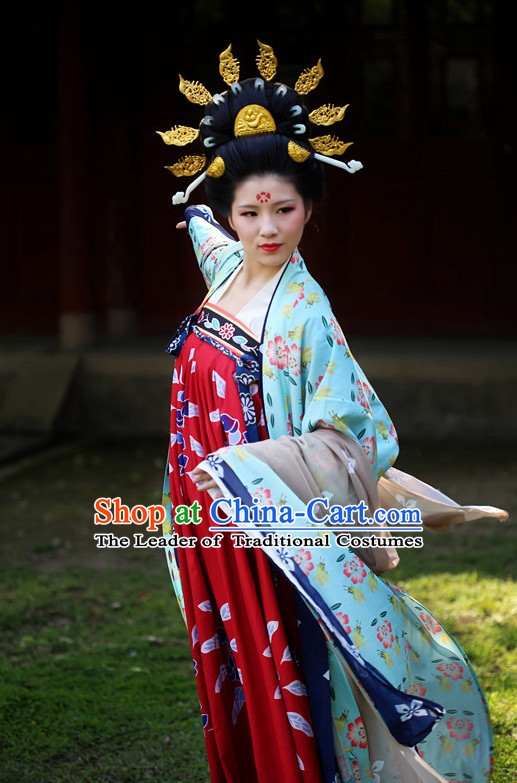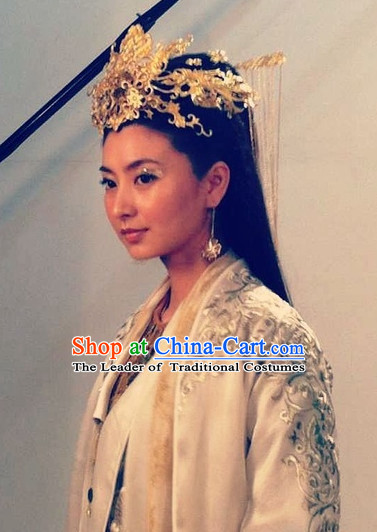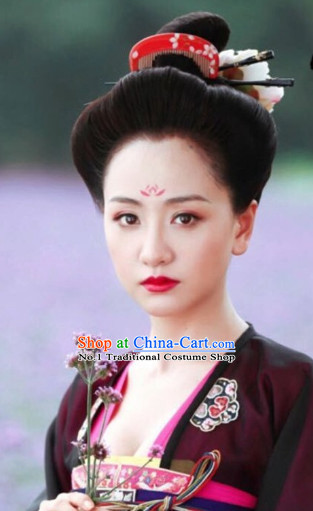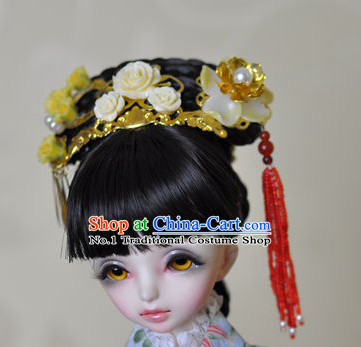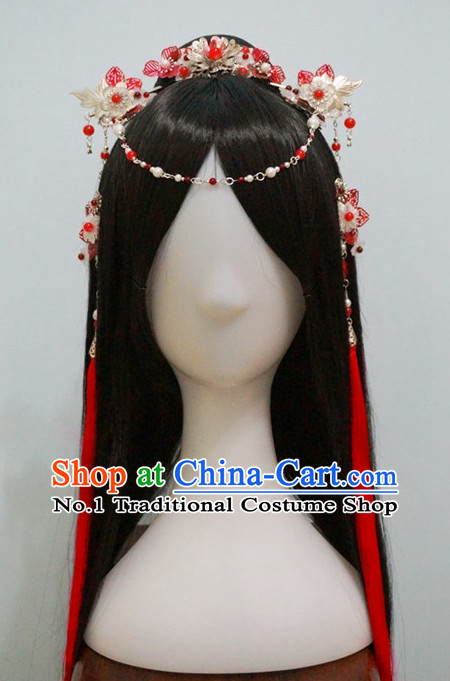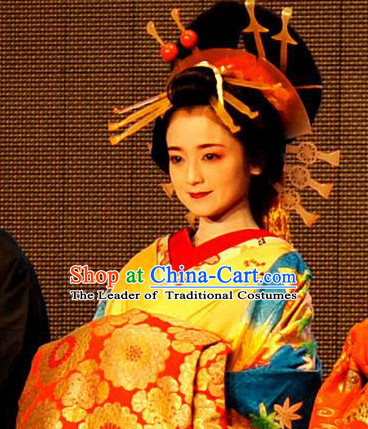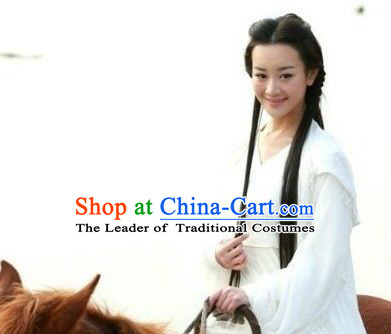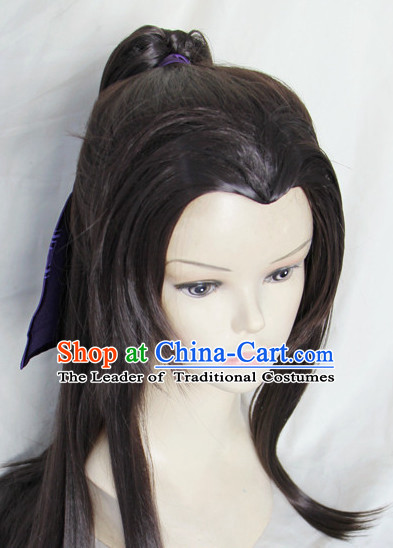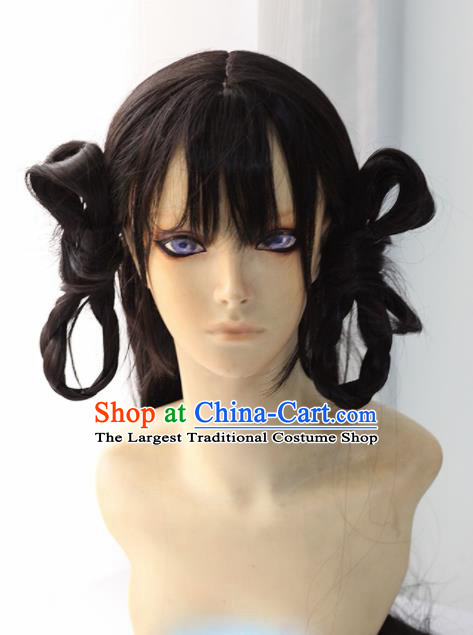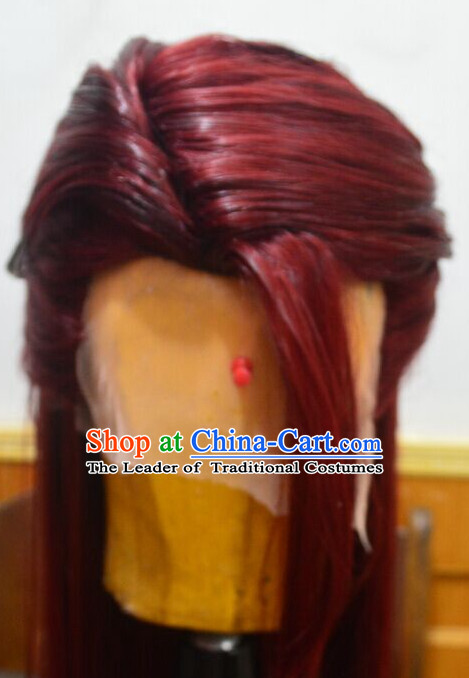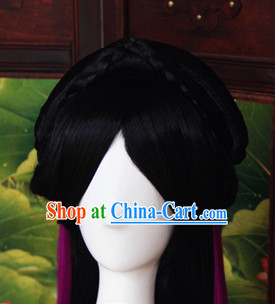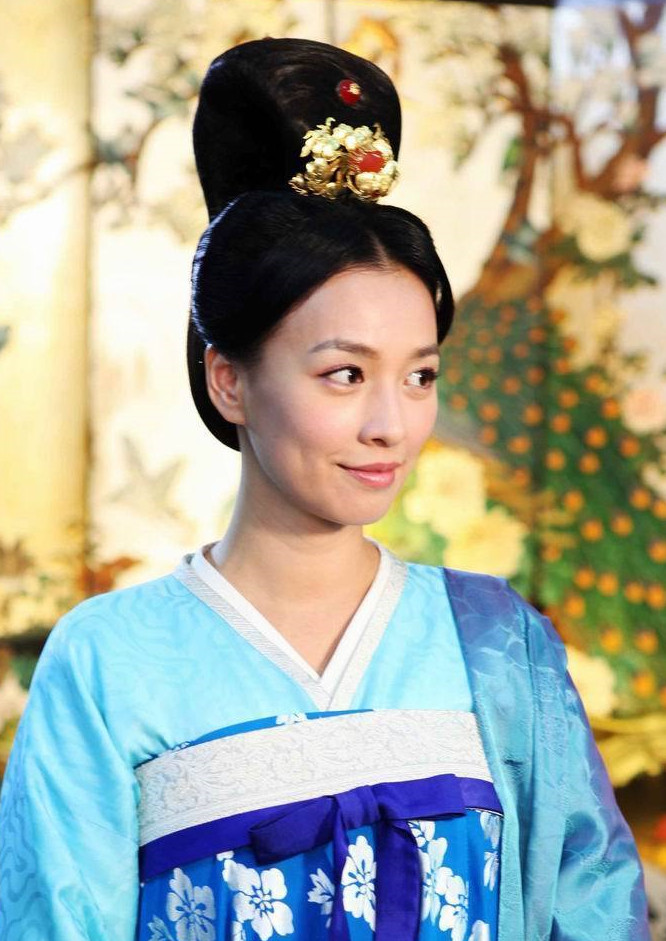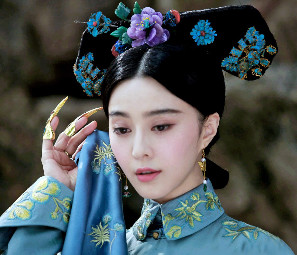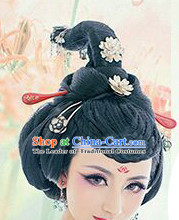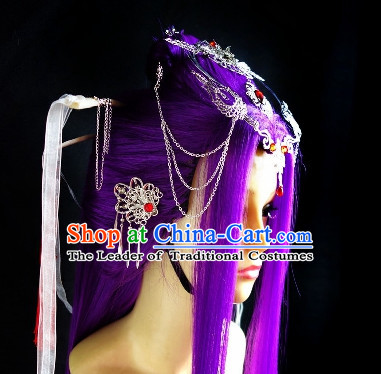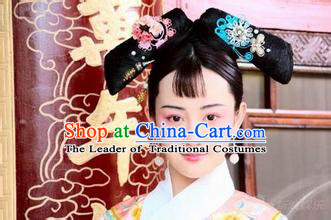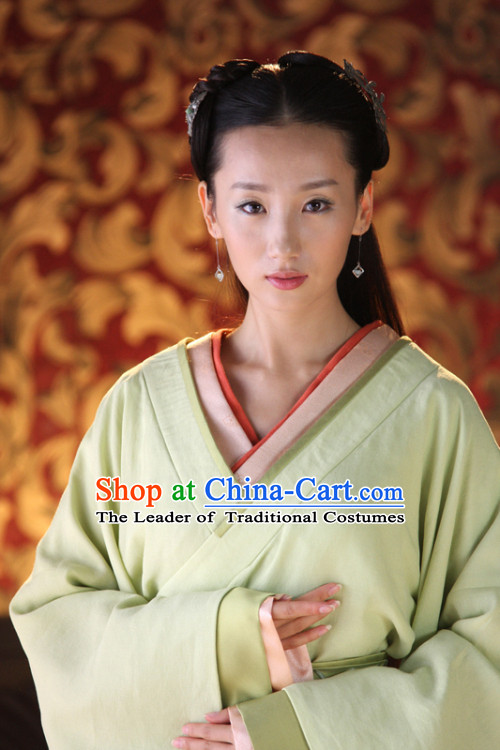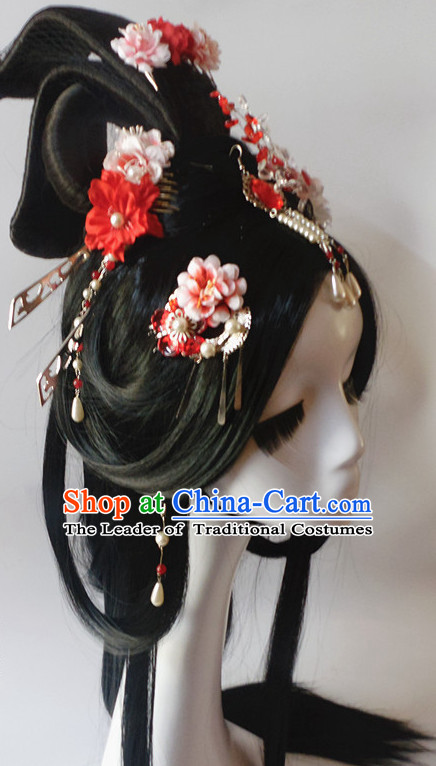
Click Related Pictures for More Audios:
Hairstyles and headdresses of ancient Chinese heroes are an important part of their cultural history, reflecting the aesthetic concepts, social status, and identity of that time.
These hairstyles and headdresses often have unique designs and craftsmanship, aiming to showcase individual charm and strength.
In ancient China, hair was considered a part of the body, so hair care and decoration were very important.
Many ancient heroes had unique hairstyles, such as long hair, short hair, braided hair, etc.
Some of these hairstyles were also associated with specific religions or mythologies, such as the monk hairstyle in Buddhism and the Taoist priest hairstyle in Taoism.
In addition to hairstyles, headdresses were also an important feature of ancient heroes.
These headdresses were usually made of metal, jade, gemstones, or other precious materials to show personal wealth and status.
Some headdresses also had symbolic meanings, such as dragon and phoenix patterns representing imperial power and good luck, while lion patterns represented courage and strength.
In modern times, we can appreciate the hairstyles and headdresses of many ancient heroes through movies, TV dramas, and other media.
For example, the protagonist Mulan in "Mulan" has a long black hair and a golden helmet; while Guan Yu in "Romance of the Three Kingdoms" has a black long hair and a red helmet.
In conclusion, the hairstyles and headdresses of ancient Chinese heroes are an important part of their cultural history, reflecting the aesthetic concepts, social status, and identity of that time.
By appreciating these hairstyles and headdresses, we can better understand the unique charm and rich historical background of ancient Chinese culture.
